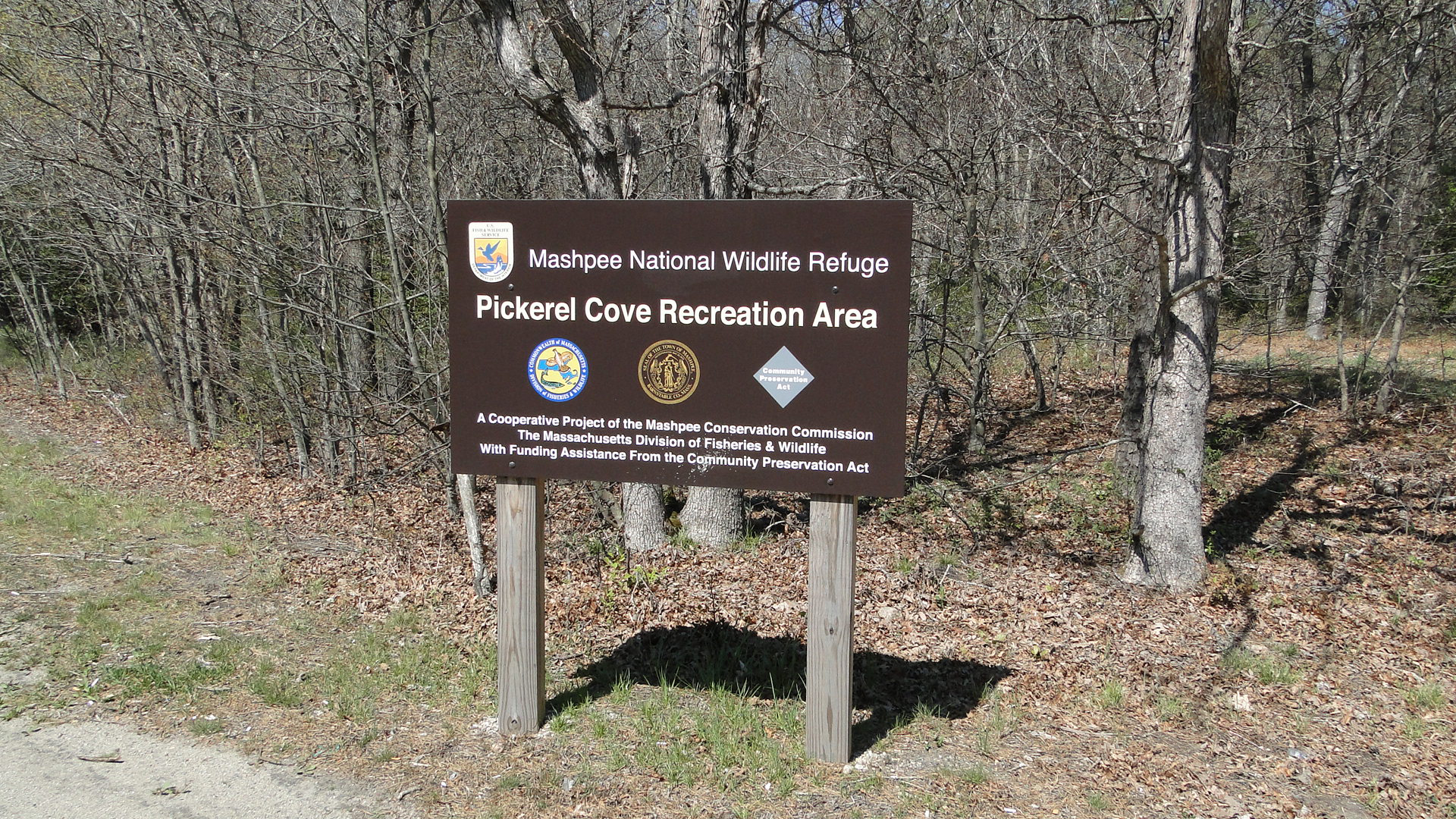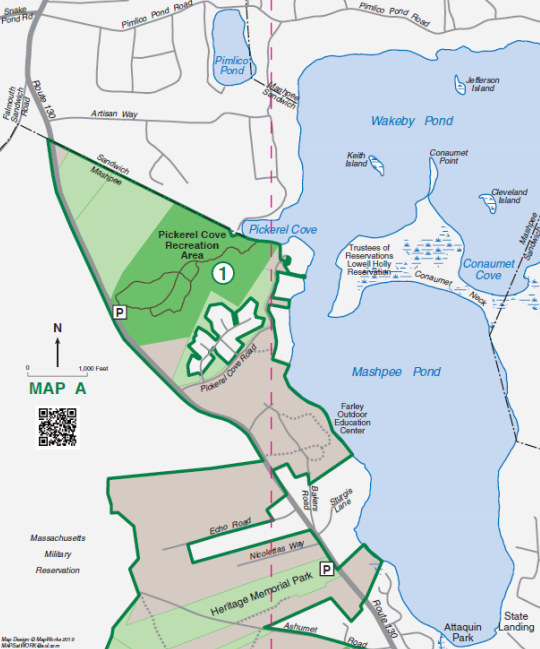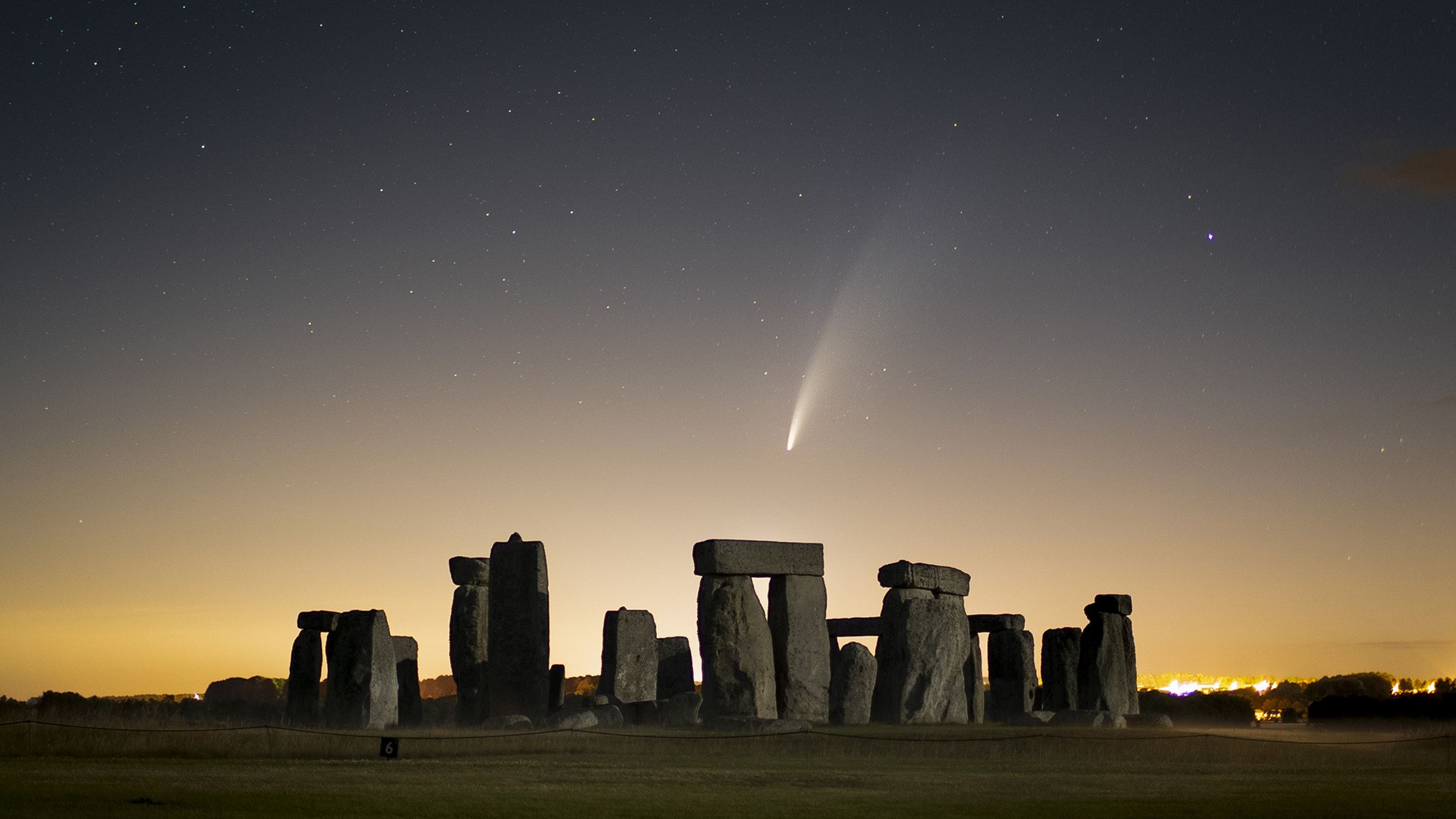Massachusetts conservation agent forced to remove numerous “personal” trail cameras from protected area
Local people have been flooding the area with personal trail cameras to get a glimpse of the wildlife in the area

David Attenborough has a lot to answer for.
Making the world fall in love with the world’s flora and fauna, bringing the natural world into our homes and classrooms, and inspiring people of all ages to explore and respect the natural world.
Sometimes though, we can get a little carried away.
We recently reported on a man in Swansea being fined for getting too close to an endangered honey buzzard nest, and more recently a film company and its drone pilot were fined for illegally filming orcas in Canada.
An abundance of personal trail cameras have been discovered at Mashpee River and Pickerel Cove in the town of Mashpee, Massachusetts, US.
Mashpee acquired the land around Pickerel Cove in 2008 to preserve the natural space for conservation and habitat protection, as well as public recreation.
The land is part of the Mashpee National Wildlife Refuge, and there are multiple beautiful trails available to walkers.
Get the Digital Camera World Newsletter
The best camera deals, reviews, product advice, and unmissable photography news, direct to your inbox!
Conservation agent Andrew NcManus and assistant conservation agent Daniel Kent were forced to notify the Mashpee Conservation Commission at the beginning of August about a number of personal trail cameras found along public walkways, about two per month.
“I’m getting a very large amount of calls from residents who are beyond creeped out,” Kent told the Conservation Commission on August 8. “Between kids, dogs and everything.”

Designed to be camouflage and inconspicuous so as not to spook wildlife, the trail cameras could look sinister to those not in the know.
Kent explained that the situation escalated when he removed a trail camera and returned it to its owner.
“He was agitated saying that this violated his civil rights,” Kent said. “We had multiple discussions with him and the town manager, who also got involved in this.”
While there are no specific laws prohibiting the placing of personal trail cameras, conservation commission chairman Paul Colombo argued this issue fell under Regulation 1 of Chapter 173 bylaw, regarding conservation land.
He said:
“The regulation did not specifically say [no] trail cameras, but it does allude to activities you want to conduct on conservation land. You must come before the commission or at least supply the commission with a written request for the activity.”
Speaking to local newspaper The Enterprise, Kent added:
“What triggered this was that [the owner of the camera] said it was a violation of his constitutional rights. We don’t believe that to be the case at all. He was putting private structures on conservation land.”
The conservation agents are working to revise the legislation to specifically include trail cameras in the bylaws list of prohibited activities, requiring people to seek specific permission.
Despite the need for action, the conservation agents said the motives for the cameras are not sinister.
He provided the example of a camera he removed and returned to a father, who explained he had placed it there so his children could see if their chickens walked along the trail.
“I don’t want to be destroying cameras if we don’t have to,” Kent said. “I’d rather the person come and pick it up, and then that gives me the opportunity to talk to them and have an educational lesson.”
If you would like to (responsibly) set up some trail cameras to get a good view of your local wildlife, take a look at our guide to the best trail cameras, the best cellular trail cameras, and the best cameras for wildlife photography.

After graduating from Cardiff University with an Master's Degree in Journalism, Media and Communications Leonie developed a love of photography after taking a year out to travel around the world.
While visiting countries such as Mongolia, Kazakhstan, Bangladesh and Ukraine with her trusty Nikon, Leonie learned how to capture the beauty of these inspiring places, and her photography has accompanied her various freelance travel features.
As well as travel photography Leonie also has a passion for wildlife photography both in the UK and abroad.
